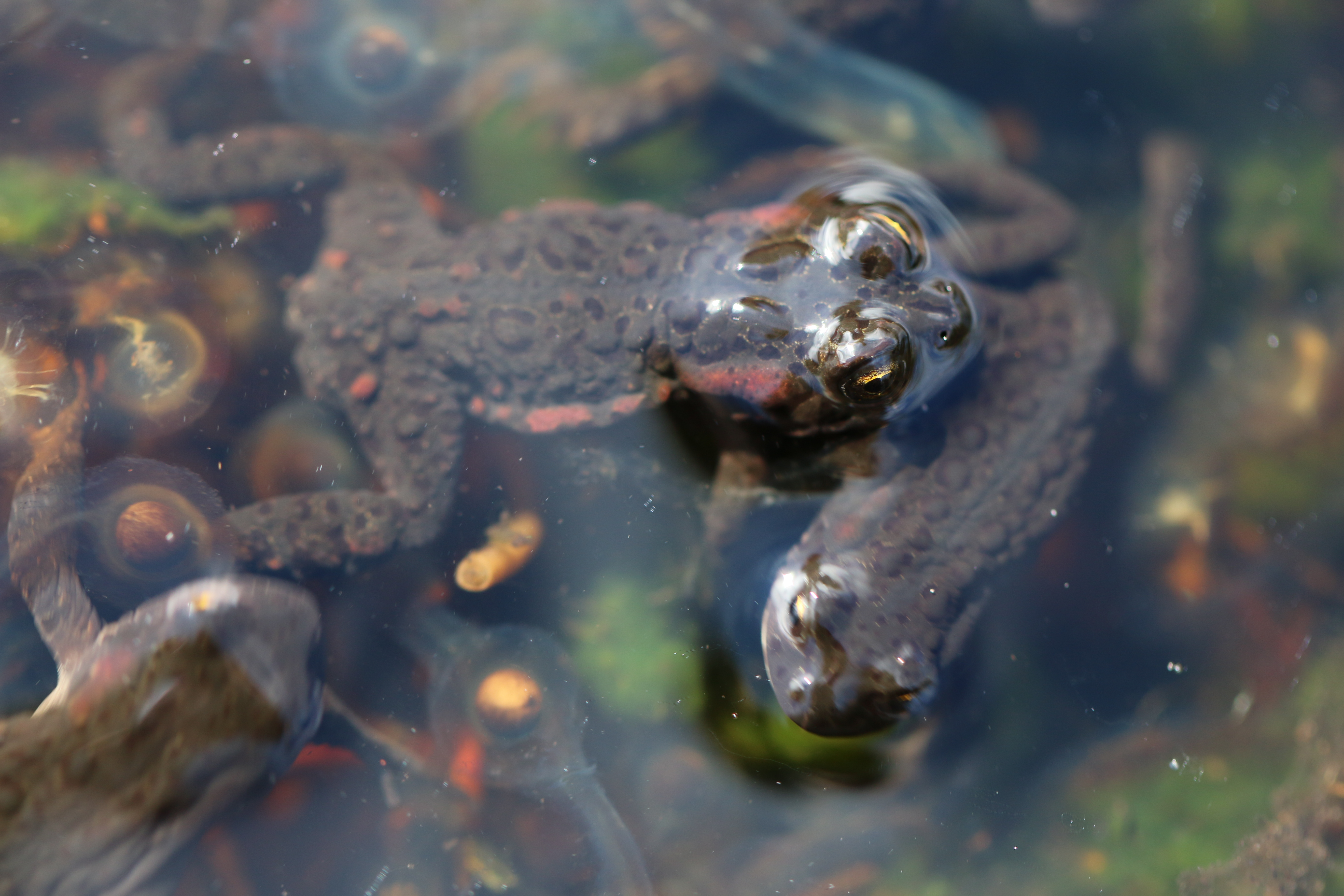We got top spot on PeerJ:
...and it looks great!
Mac just finished the international Phd course modelling species distributions under climate change hosted by the Center for Macroecology, Evolution and Climate (Natural History Museum of Denmark).

"Look what I found..... It turns out the mermaid is the most visited site in Denmark. People literally push each other to take photos in front of her.... but I managed; though the sun was in my eyes." said Mac.
The MeaseyLab produces it's first joint publication. The idea for this study came from finding huge numbers of eggs, tadpoles and frogs in the stomachs of Xenopus. We then wondered which other species are frog eaters, and under what circumstances does this happen?
Although the study ended up with some more questions, we did find some interesting answers. For example, we found that invasive frogs are more likely to eat frogs than native frogs, and this effect was increased when we ignored the many studies on (mostly Cane) toads.
Read all about it:
(2015) Frog eat frog: exploring variables influencing anurophagy.PeerJ3:e1204https://dx.doi.org/10.7717/peerj.1204
Every year, usually in August, Cape Town slows down to assist Western Leopard Toads (WLT: Amietophrynus pantherinus) across the roads. This year, members of the MeaseyLab took time out of their evenings to help toads across the road. The WLT has been a past research favourite, and is currently part of current research projects by Mac and Zishan. Giovanni was leading the way this year as he's interested in using any casualties for comparison with the invasive Guttural Toad.
Thanks to all for turning out, and thanks to Sarah Davies for this image of Alex capturing a shot of an old 'gal.
When toads breed, we're used to hearing a noisy chorus that can be melodic or raucous (depending on your inclination), but what does it sound like when toads with no calls breed? The Cape peninsula mountain toadlet (Capensibufo rosei) has no calling or auditory apparatus. It breeds during the Cape winter and the congregations can be several hundred individuals, but there's no noise. It's no chorus! In fact, seeing hundreds of frogs moving in silence is quite eerie.

This male is under 20mm long, and you can see that they are surrounded by strings of eggs that have been laid over the previous days and nights. There's so much to find out about how these animals live, as well as their apparent enigmatic decline. We're doing a lot of work on these animals and starting to get some answers - check out the publications page for more information.